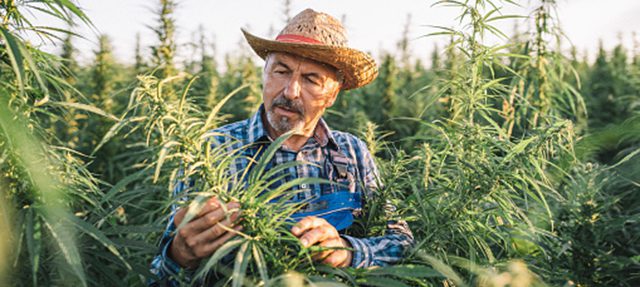Optimizing Your Indoor Farm: The Essentials of LED Grow Light Design


November 4, 2024
In the ever-evolving field of indoor cultivation, ensuring your grow lights are optimized can drastically impact your yields and energy consumption. LED grow lights have progressed significantly in recent years, boasting advances similar to those seen in technologies like smartphones and computers. Modern LEDs outperform HPS fixtures by delivering enhanced full-spectrum light essential for plant growth, allowing growers to boost yields while cutting energy costs by up to 40%.
Understanding LED Grow Lights: Navigating the array of LED grow lights on the market can be challenging. It’s crucial to differentiate between effective lighting solutions and marketing hype. One reliable method to assess LED grow lights is through the DesignLights Consortium (DLC), a non-profit organization dedicated to promoting energy efficiency in lighting solutions across North America. They provide a trusted resource for evaluating high-performing lighting products, which can be crucial for growers seeking utility rebates for horticultural lighting.
Design Considerations for Cultivation Facilities: Before designing your lighting setup, consider these key factors:
The DLC conducts third-party laboratory tests to provide unbiased data on PPE and the expected lifespan of LEDs in a fixture. For effective lighting design, utilize horticulture-specific software like ElumTools from Lighting Analysts, which integrates with AutoCAD’s Revit for precise lighting calculations in horticulture mode.
Why PPFD is Critical: The design of your LED lighting should factor in the intensity and distribution of light needed for your plants. Proper tools can provide detailed reports on fixture layouts, spacing, and the average PPFD across your canopy, which is vital for consistent growth. However, be wary of designs that inflate PPFD readings by factoring in high levels of wall, floor, and ceiling reflections, which may not accurately represent real-world conditions.
Yield Implications: Research has shown that while yields increase with higher PPFD levels, the rate of increase can slow significantly beyond certain points, suggesting a diminishing return on investment for very high levels of light. For example, studies suggest that the optimal light saturation point may be around 1200 μmol/m2/s, beyond which additional light does not translate to proportionate yield increases.
The Importance of a Reliable Warranty: A solid warranty not only reflects the lifespan of LEDs but also protects your investment by ensuring ongoing performance. DLC mandates a minimum five-year warranty, emphasizing the need for quality assurance from a reputable, US-based company. This is critical to avoid subpar products that could fail to deliver the promised performance, leaving you without support.

Selecting and designing the right LED grow light setup is crucial for maximizing efficiency and yield in indoor cultivation. By validating products through DLC, utilizing precise horticultural tools, and understanding the critical metrics of PPF, PPFD, and PPE, growers can make informed decisions that optimize their operations for both growth and sustainability. Always ensure that your lighting solutions come with reliable warranties and support to safeguard your investment in advanced LED technology.